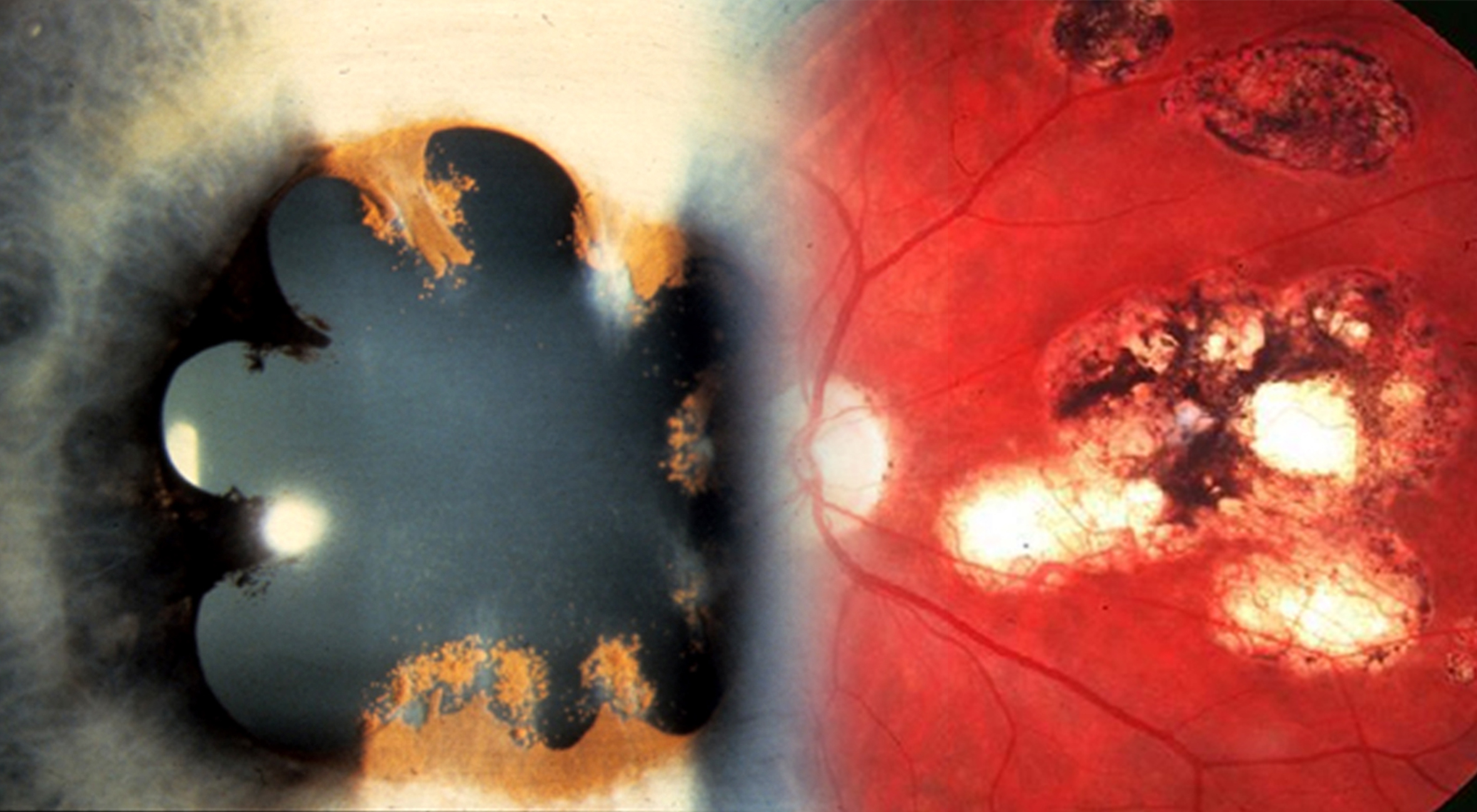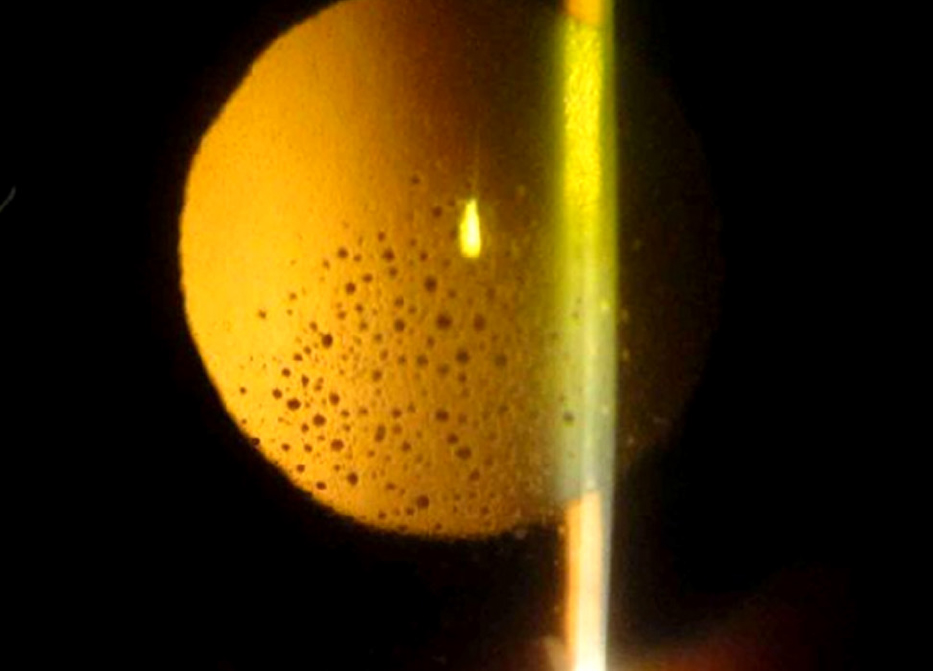Causes of uveitis
- Viruses (herpes simplex, cytomegalovirus, HIV)
- Bacteria (borrelia, syphilis).
- Parasites (toxoplasmosis, worms)
- General diseases (ankylosing spondylitis, sarcoid, juvenile idiopathic arthritis, multiple sclerosis)
Different forms of uveitis
Depending on the layer of the eye affected by the inflammation, a distinction is made between different forms of uveitis:
- Anterior uveitis, when the foremost layer of the vascular skin (rainbow skin and ciliary body) is affected.
- Medium uveitis (or intermediate uveitis), when the middle layer of the vascular skin is affected.
- Posterior uveitis, when one of the posterior layers of the eyeball (choroid, retina) is affected.
How is uveitis treated?
Unfortunately, the cause of the majority of uveitis forms remains unknown, even after careful multiple examinations. However, effective forms of therapy can be found. The goal of such treatment is to control inflammation, avoid complications, and preserve eyesight. In the case of very mild progress, regular checks are often sufficient. The medication usually consists of eye drops containing cortisone or even general treatments (tablets, infusions) to combat the inflammation in good time. Unfortunately, the inflammation can flare up again despite adequate primary therapy (so-called relapse).

